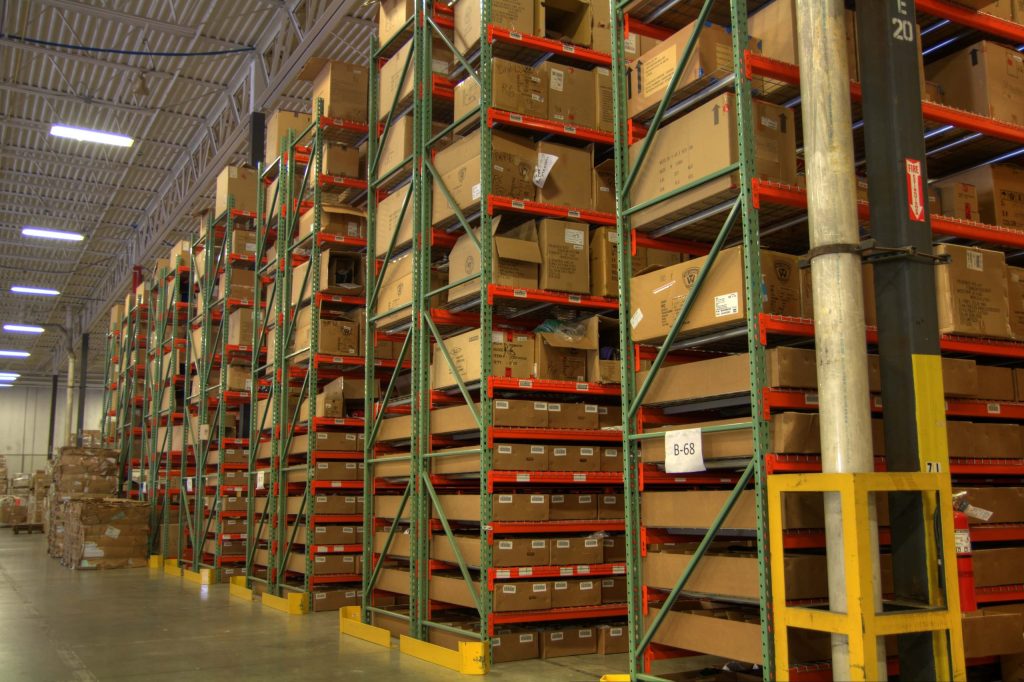Pallet flow rack solutions have undergone a remarkable transformation over the years, evolving from static storage systems into dynamic, efficient, and adaptable warehousing solutions. This evolution is a response to the growing demands of modern supply chain management and the need for streamlined, space-efficient, and agile storage systems. In this article, we will explore the journey from static to dynamic pallet flow rack solutions, highlighting the key developments and advantages of this evolution.

Static Pallet Racking – The Traditional Approach
Traditionally, warehouses used static pallet racking systems, which consisted of fixed shelving or stacking configurations. These systems provided a basic form of storage but had several limitations. In static systems, pallets were stacked one behind the other, often leading to inefficiencies in accessing goods, as the front pallets had to be moved to reach those behind. Additionally, static racks did not optimize space well, as the aisles between racks remained static and non-adjustable and go now.
The Evolution Begins – Introduction of Gravity Flow
The evolution from static to dynamic pallet flow rack solutions began with the introduction of gravity flow systems. These systems incorporated inclined rollers or wheels, allowing pallets to flow from the loading end to the picking end. This innovation significantly improved accessibility and efficiency within the warehouse. With gravity flow racks, the first-in, first-out FIFO principle could be applied, ensuring that products were rotated properly to minimize spoilage and maintain inventory accuracy.
Dynamic Configuration – Incorporating Carton Flow
The next significant leap in the evolution of pallet flow racks came with the integration of carton flow systems. These systems extended the advantages of gravity flow to smaller, carton-sized products. Carton flow rack solutions are equipped with individual lanes and rollers, enabling multiple SKUs to be stored and picked efficiently in a single rack. This dynamic configuration greatly enhanced order picking accuracy, reduced labor costs, and optimized storage space.
Incorporating Automation and Technology
As the demand for efficiency and accuracy in warehousing continued to grow, technology played a pivotal role in the evolution of pallet flow rack solutions. Automation, such as conveyor systems and robotic pallet movers, was integrated to streamline the movement of pallets and cartons within the racks. Warehouse management systems WMS and software solutions further improved inventory tracking, order fulfillment, and optimization of picking routes.
Adaptability and Scalability
One of the most significant advantages of dynamic pallet flow rack solutions is their adaptability and scalability. Unlike static systems, which are often fixed and require significant structural changes for expansion, dynamic systems can be easily adjusted and expanded to accommodate changing inventory needs. This flexibility allows businesses to respond quickly to market fluctuations, seasonal variations, and growth.
Environmental and Cost Benefits
The evolution to dynamic pallet flow rack solutions has also brought environmental and cost benefits. By reducing the need for large, fixed storage footprints, these systems optimize space and decrease energy consumption for lighting and climate control. Furthermore, the efficient space utilization can lead to lower real estate costs for businesses. Moreover, the environmental and cost benefits of these dynamic systems make them an attractive choice for modern supply chain management.
